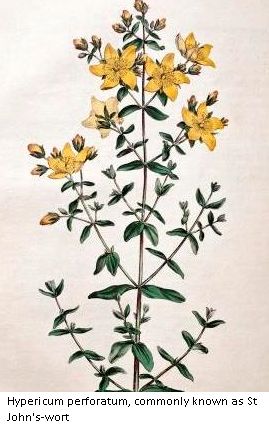There was a garden, established by the College of Physicians of Edinburgh, which shows how much green spaces were coveted as peaceful retreats and recreational assets in the bustling and crammed city. In a letter dating from 1736 the Marquess of Tweeddale thanks the Royal College of Physicians of Edinburgh for permitting him to have a door from his property into their garden for his private use - an interesting example of "garden-sharing" in a built-up city with challenging terrain and few suitable spaces. The Physicians’ grounds were located at Fountain Close in the Old Town.
This space, described by the Gentleman's Magazine as an 'excellent physic garden' was not so fetted by Daniel Defoe who, in A tour thro’ the whole island of Great Britain, disputed its status:
“We now enter the city, properly so call’d; in almost the first buildings of note on the north side of the street, the Marquess of Tweedale has a good city house, with a plantation of lime trees behind it instead of a garden, the place not allowing room for a large garden; adjoining to which are very good buildings, tho’ in the narrow wynds and alleys, such as set out in handsome streets, would have adorn’d a very noble city, bit are here crouded together, as may be said, without notice. Here the physicians have a hall, and adjoining to it a very good garden; but I saw no simples [i.e. medicinal plants] in it of value, there being a physic garden at the palace which furnishes them sufficiently […].”
Cold Baths
The physicians' grounds at Fountain Close were also to become the site of a Cold Bath House (1712-58), another medicinal innovation, in this case giving people access to clean water and basic hygiene in the face of Edinburgh’s notorious domestic water supply – even more important for public health than plant-based medicines.



